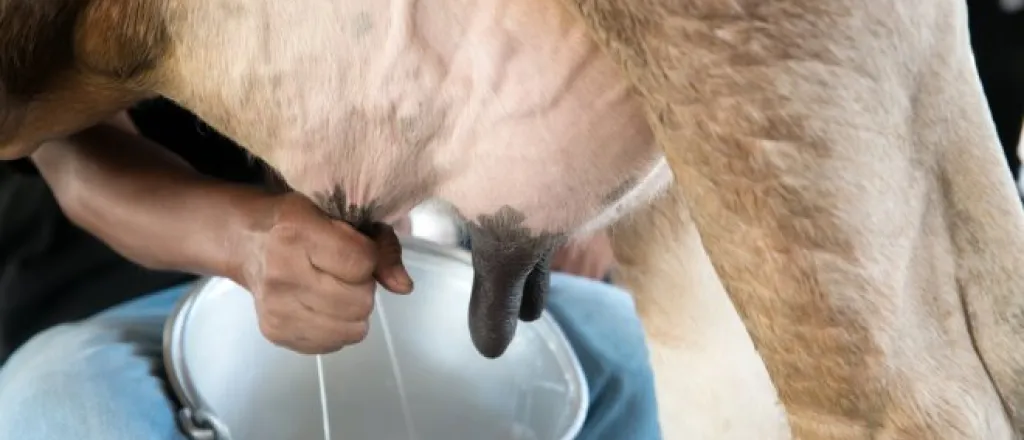
Methods Dairy Farmers Use to Improve Milk Quality
©
Milk quality affects your bottom line, your reputation, and your relationship with processors. Every step in your operation—from cow health to storage—plays a role in delivering the high-quality product buyers expect. Let’s examine the proven methods that dairy farmers like yourself can use to improve milk quality.
Maintain cow health and nutrition
Healthy cows produce better milk. Make sure to schedule regular veterinary checkups to catch mastitis early, preventing bacterial contamination that destroys milk quality. Keep in mind that subclinical mastitis often goes unnoticed but still elevates somatic cell counts.
Also, focus on feeding your cows a proper diet. The food they eat impacts their immunity and milk composition. Balanced rations with adequate protein, energy, and minerals support both production and udder health. Clean, fresh water access is equally important—cows need 3–5 gallons per gallon of milk produced.
Lastly, provide comfortable housing to reduce stress and disease pressure. Proper ventilation, dry bedding, and adequate space per cow create conditions where quality milk production thrives.
Perform pre-milking preparation
Clean udders produce cleaner milk. Pre-dip teats with an approved sanitizer to kill bacteria before milking begins. Allow 30 seconds of contact time before wiping with individual towels.
Implement forestripping, which removes bacteria-laden milk from teat canals and lets you check for abnormal milk. Strip two to three squirts from each quarter into a strip cup or onto a dark surface.
Manage milking equipment and procedures
Not only should you use equipment to improve milking efficiency, but you should also maintain it to support high quality. Essentially, stay on top of maintenance and cleaning to inhibit bacterial growth and milk contamination. Remember to check for proper vacuum levels and pulsation rates to protect udder health.
Provide post-milking care
Post-milking teat dipping prevents new infections between milkings. Apply dip immediately after unit removal when teat canals remain open. These dips contain emollients that condition teat skin.
As for the milk itself, employ rapid cooling to preserve quality by slowing bacterial growth. Cool milk to 38°F within two hours of milking, and maintain this temperature until pickup.
Monitor and test operations
Regular testing identifies quality issues before they become serious problems. Somatic cell counts, standard plate counts, and antibiotic residue tests all act as early warning systems you should heed.
Keep detailed records of test results, treatments, and management changes. Patterns in this data could reveal underlying issues that you can easily address to improve milk quality.
Now that you know the methods most dairy farmers use to improve milk quality, you can implement them in your operations. Even if you’re already acting on these methods, it never hurts to review, audit, and reinforce high standards.
















